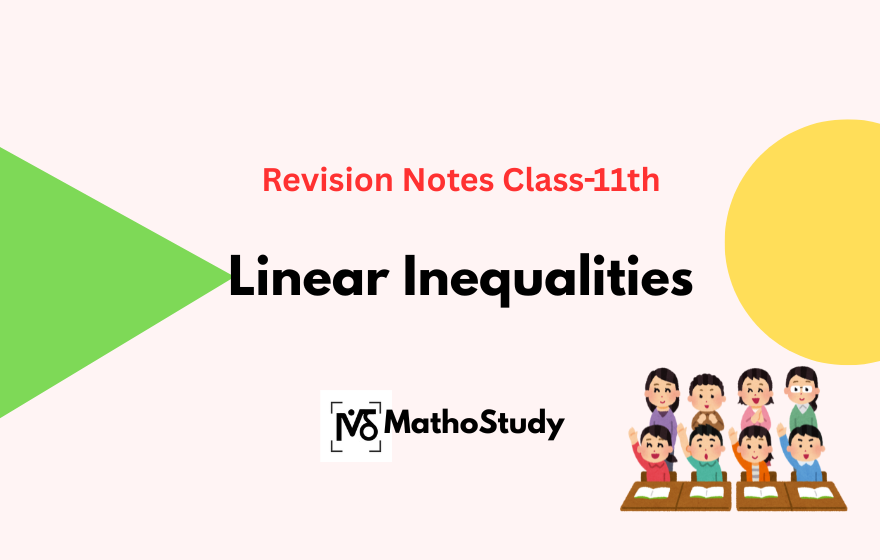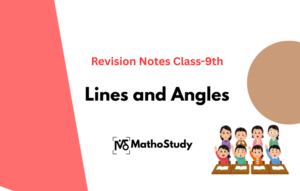In mathematics, inequality means a comparison between two values or expressions using signs like <, >, ≤, and ≥.
What is linear inequality?
An inequality is said to be linear if each variable occurs in first degree only and there is no term involving the product of the variables.
e.g., ax + b ≤ 0, ax + by + c > 0, ax ≤ 4
Linear Inequality In One Variable
A linear inequality which has only one variable is called a linear inequality in one variable.
e.g., 2x+3<7, ax + b < 0, where a ≠ 0,
Rules for solving inequalities
- If a ≥ b then a ± k ≥ b ± k where k is any real number.
- If a ≥ b then ka is not always ≥ kb.
- If k > 0 (i.e., positive) then, a ≥ b ⇒ ka ≥ kb
- If k < 0 (i.e., negative) then, a ≥ b ⇒ ka ≤ kb
Procedure to solve a linear inequality in one
variable
- Simplify both sides by collecting like terms.
- Remove fractions (or decimals) by multiplying both sides by appropriate factor (L.C.M of denominator or a power of 10 in case of decimals.)
- Isolate the variable on one side and all constants on the other side. Collect like terms whenever possible.
- Make the coefficient of the variable equal to 1.
- Choose the solution set from the replacement set.
What is a solution set?
A solution to an inequality is a number which when substituted for the variable, makes the inequality true. The set of all solutions of an inequality is called the solution set of the inequality.
📈 Graphical Representation
For one-variable inequalities, represent them on the number line.
Some examples of linear Inequality
Question 1: Solve 3x−4≤5 .
Solution:
3x−4≤5
⇒ 3x≤9
⇒ x≤3
Answer: \(x\in(-\infty, 3] \)
❓ Frequently Asked Questions (FAQs) on Linear Inequality
Question 1. What is a linear inequality?
Answer: A linear inequality is an expression where a linear polynomial is compared using inequality symbols.
Question 2. How is it different from linear equations?
Answer: Linear equations use ‘=’, while inequalities use ‘<’, ‘>’, ‘≤’, or ‘≥’.
Question 3. Can we graph linear inequalities with two variables?
Answer: Yes, they are represented as shaded regions on a 2D graph.
📥 Solutions – Linear Inequalities Class 11
Click the link below for the full solutions :
🔗 NCERT Solution Class 11 Linear Inequality
🔗 RD Sharma Solution Class 11 Linear Inequality
🔗 RS Aggarwal Solution Class 11 Linear Inequality




